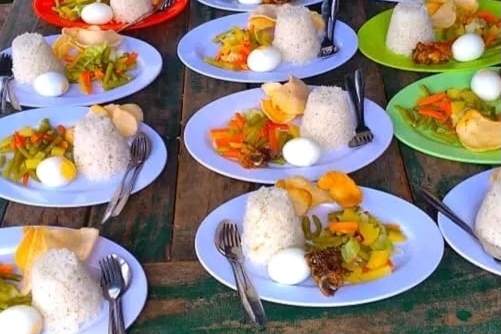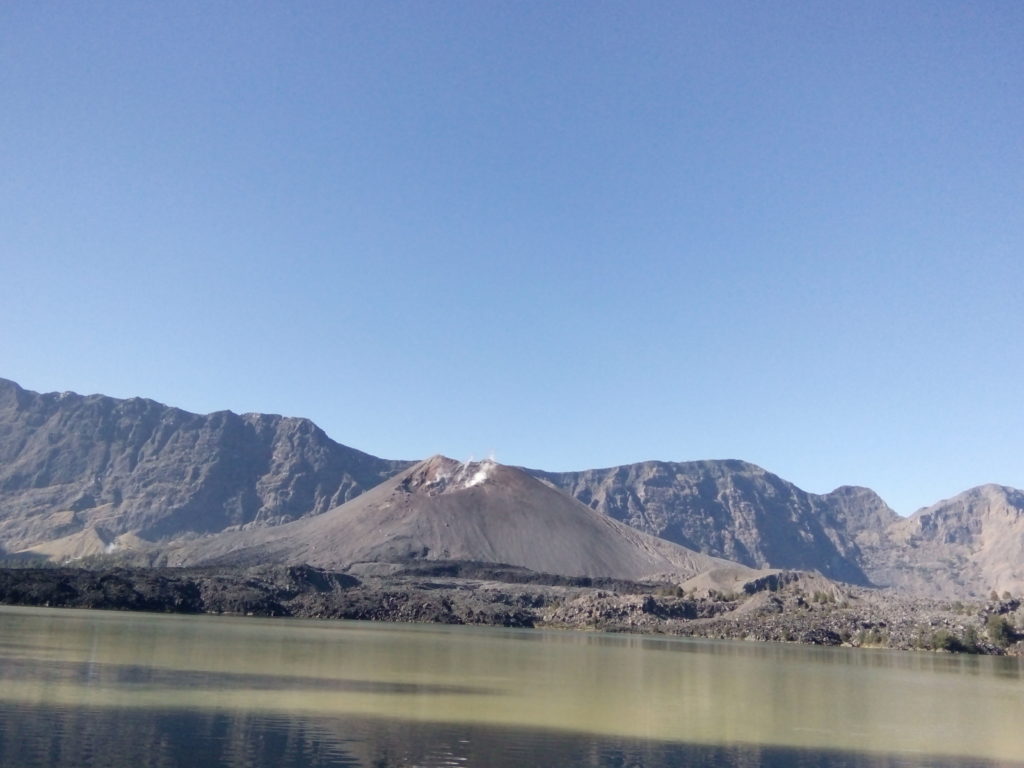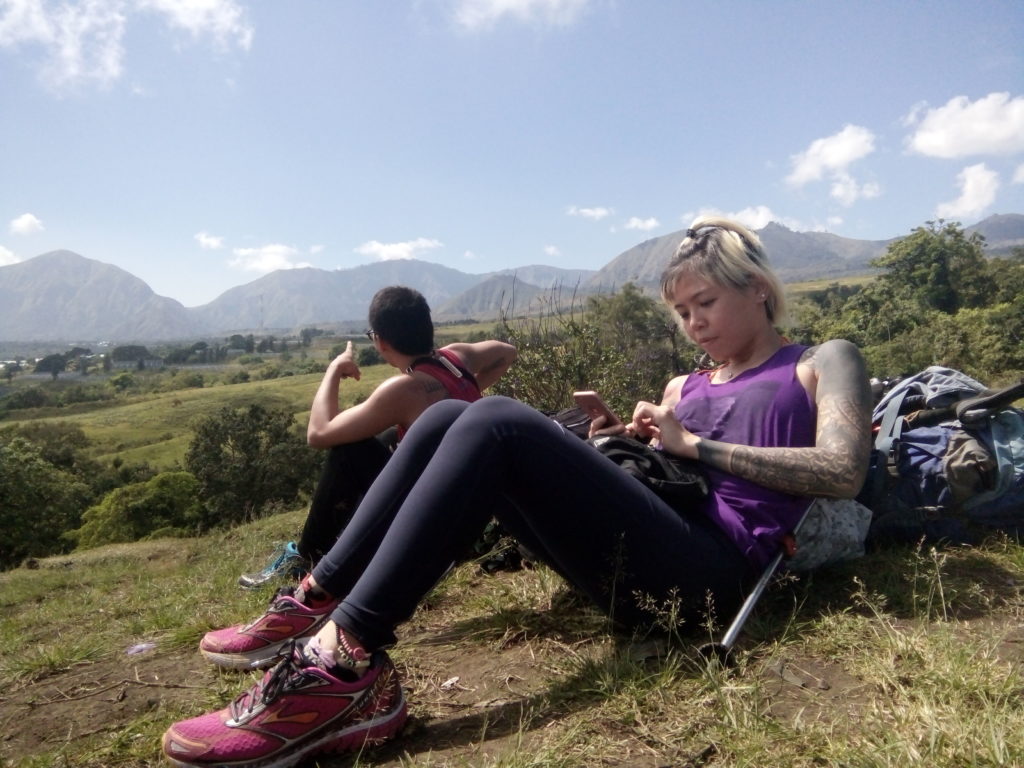Recommended to bring
Prepare To Climb Mount Rinjani
What gear you need to bring and physical training to climb Mount Rinjani Lombok. Mount Rinjani 3.726 meter above sea level is not high grade and technical mountain, but for success and safety climb please read this and make sure you have gathered everything before you depart on your trip.
For success climb Mt. Rinjani summit ideally, you should try to hike as much as possible on hills or mountains to simulate ascension on Mount Rinjani. Doing day hikes is superb training. For those who do not have access to trails, but have membership to a gym, you can train very productively on a stair master machine. If you have no access to trails or a gym, then try to walk as much as you can, with extended walks on the weekends.
If you’ve never hiked before, you should start with shorter time intervals, a slower pace, and no weight (in your day pack) and then gradually increase all of the above as your fitness level improves. Remember that on Mount Rinjani, you will walk slowly for prolonged periods, and carry probably no more than 10 kg in your day pack.
Therefore, in your training, it is better to increase the time interval/distance and keep a slow pace than to shorten the time interval/distance and increase the pace. Try to train three times a week, for at least one hour per session, at a minimum. If you can do day hikes for four to six hours, with moderate elevation changes (~1,000 ft/305 m) while carrying a 10 kg pack, or if you can walk on a Stair Master for 1-2 hours, at 30 steps per minute while carrying a 10 kg pack, then you’re probably ready for the real thing.
Recommended Item To Bring On The Trek
You are responsible for bringing personal gear and equipment while camping equipment and foods (tents, sleeping bag, sleeping mats, toilet tent, pillow, food and cooking items) is provided. Below is a gear list of required, recommended and optional items to bring on your Rinjani climb.
Technical Clothing
1 – Jacket, breathable with hood
1 – Soft Jacket, fleece or soft-shell
2 – Long Sleeve Shirt
1 – Short Sleeve Shirt
2 – Hiking Pants (convertible to shorts recommended)
1 – Fleece Pants
1 – Shorts (optional)
1 – Long Underwear (moisture-wicking fabric recommended)
3 – Underwear, briefs (moisture-wicking fabric recommended)
2 – Sport Bra (women)
Headwear
1 – Brimmed Hat, for sun protection
1 – Knit Hat, for warmth
1 – Balaclava, for face coverage (optional)
1 – Bandana (optional)
Handwear
1 – Gloves, warm (waterproof recommended)
1 – Glove Liners, thin, synthetic, worn under gloves for added warmth (optional)
Footwear
1 – Hiking Boots, warm, waterproof, broken-in, with spare laces
1 – Gym Shoes, to wear at camp (optional)
3 – Socks, thick, wool or synthetic
3 – Sock Liners, tight, thin, synthetic, worn under socks to prevent blisters (optional)
Accessories
1 – Sunglasses
1 – Backpack Cover, waterproof (optional)
1 – Poncho, during rainy season (optional)
1 – Towel, lightweight, quick-dry (optional)
Plastic Bags, various sizes, to keep gear dry and separate
Equipment
1 – Trekking Poles (recommended)
1 – Head lamp, with extra batteries
1 – Daypack, for you to carry your personal gear
Some cash for tipping to the guide and the porters is recommended trekking equipment as a tip also appreciated
Note :!! If you need extra porters to carry your personal stuffs, they are available at extra cost $ 25 USD/ porter /day . You are advised to travel as light as it could be, the rest of your luggage can be stored at our office and get them back after trek.




